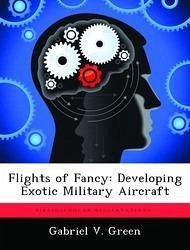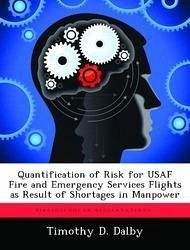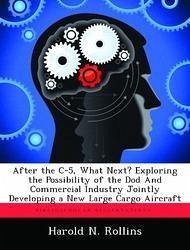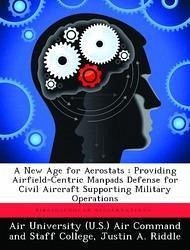Nicht lieferbar

Flights of Fancy: Developing Exotic Military Aircraft
Versandkostenfrei!
Nicht lieferbar
The world has changed dramatically since the Cold War ended. Instead of a standoff with the Soviet Union, the United States now faces an uncertain international environment and the new realities of the long war on terrorism. A nebulous threat, constrained resources, and lengthy acquisition cycles demand wise choices by military decision makers. How best to use air and space power in this new world environment is an ever-present challenge for military planners as they prepare for current and future operations.The purpose of this thesis is to determine how military planners might use current the...
The world has changed dramatically since the Cold War ended. Instead of a standoff with the Soviet Union, the United States now faces an uncertain international environment and the new realities of the long war on terrorism. A nebulous threat, constrained resources, and lengthy acquisition cycles demand wise choices by military decision makers. How best to use air and space power in this new world environment is an ever-present challenge for military planners as they prepare for current and future operations.The purpose of this thesis is to determine how military planners might use current theories, models, and schools of thought dealing with military innovation to determine whether the US will field a workable weapon-system. In order to reduce some of the ambiguity in this process, this thesis identifies pertinent trends in weapon system development so that decision makers can make educated choices. An examination of relevant case studies consisting of one successful and one unsuccessful weapon-system from the US (F-117 and XB-70) and Germany (Me 262 and Me 163) from a perspective of military innovation theories and schools of thought provides a baseline to search for potential linkages present in successful and unsuccessful aircraft programs.










